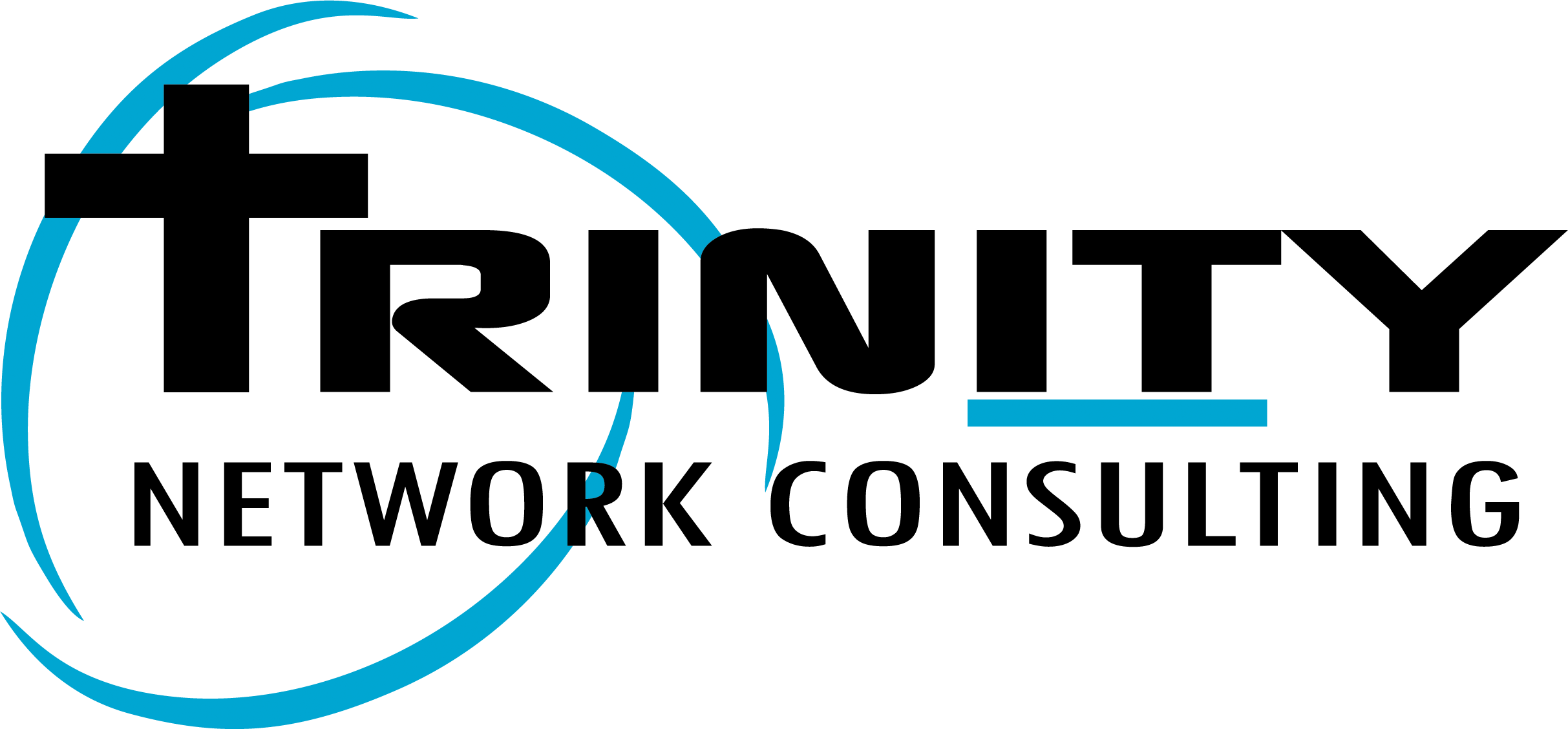Strengthen and Simplify Wired and Wireless Network Security with the Fortinet LAN Edge Solution
Securing the LAN edge is becoming harder as the number of users, devices, and access points grows. This solution brief outlines how Fortinet simplifies LAN security with a tightly integrated solution that includes centralized policy enforcement, automated threat detection, and network access control. Download the solution brief for more insights and contact Trinity Network Consulting to learn how to simplify your edge strategy.
What is the Fortinet LAN Edge Solution?
The Fortinet LAN Edge Solution is designed to strengthen and simplify the security of both wired and wireless networks. It addresses the challenges of securing the local area network edge, which involves managing various users and devices while protecting copious amounts of data. This solution minimizes administration time, scales easily to accommodate growing networks, and maximizes security capabilities through integration with Fortinet's Security Fabric.
How does FortiLink technology enhance network security?
FortiLink technology integrates network access and security functions, allowing for internal segmentation of Ethernet and wireless connections based on user roles and device types. This integration is included at no extra cost in most FortiGate models, simplifying management and reducing complexity compared to other vendors that require additional software. It enables centralized control over security and network access, which helps mitigate risks from advanced threats.
What benefits does Fortinet provide for remote workforces?
Fortinet provides a comprehensive solution for securing remote workforces through its FortiAP hardware, managed by FortiGate on the corporate network. This setup extends the Fortinet Security Fabric into remote environments, ensuring robust protection against cyber threats. The FortiDeploy option simplifies the installation of remote access points, allowing for seamless integration and management without requiring extensive manual configuration from users.


